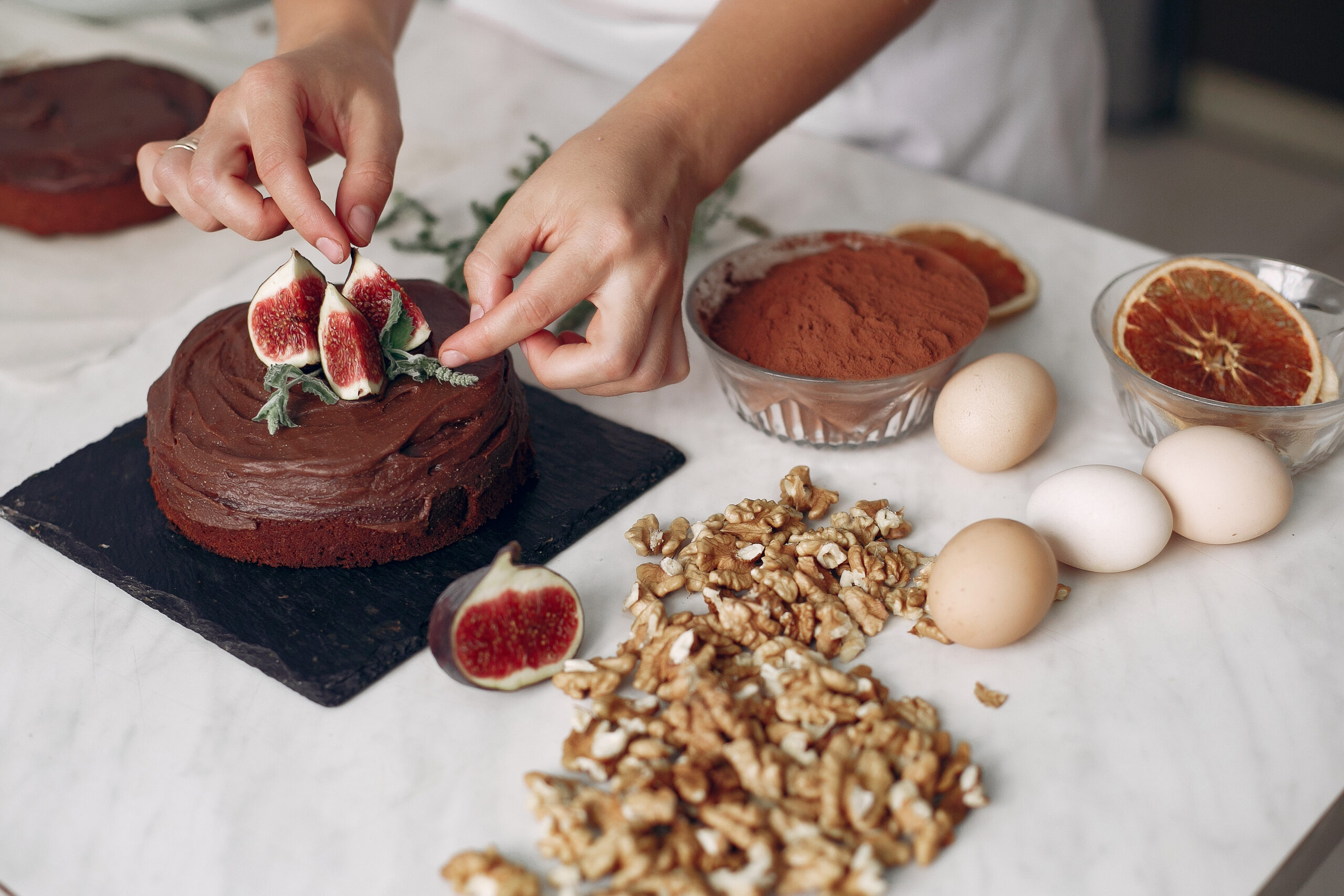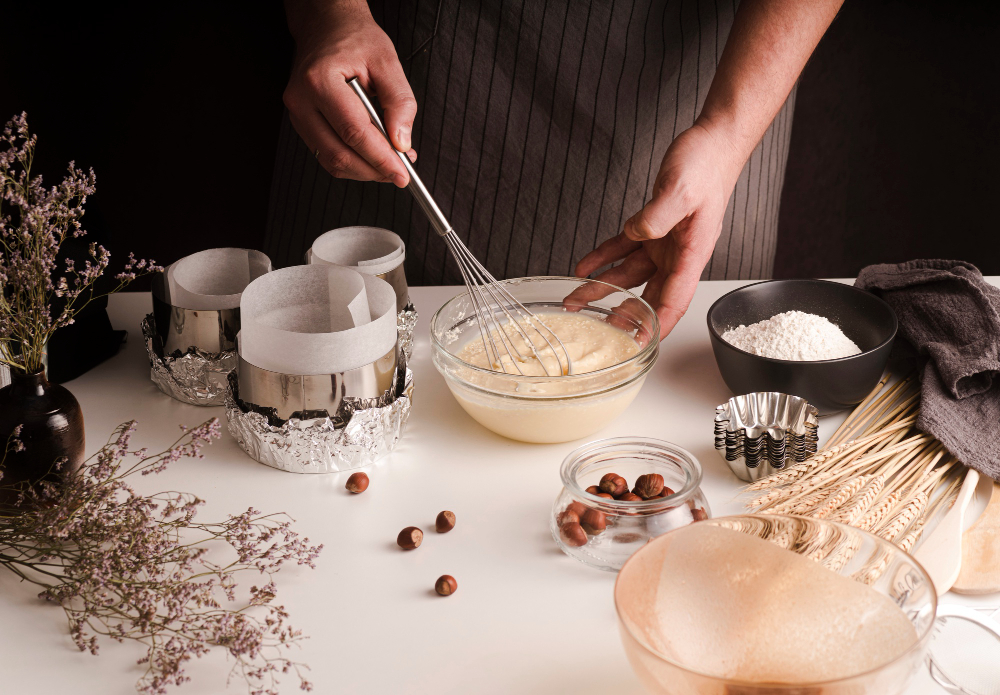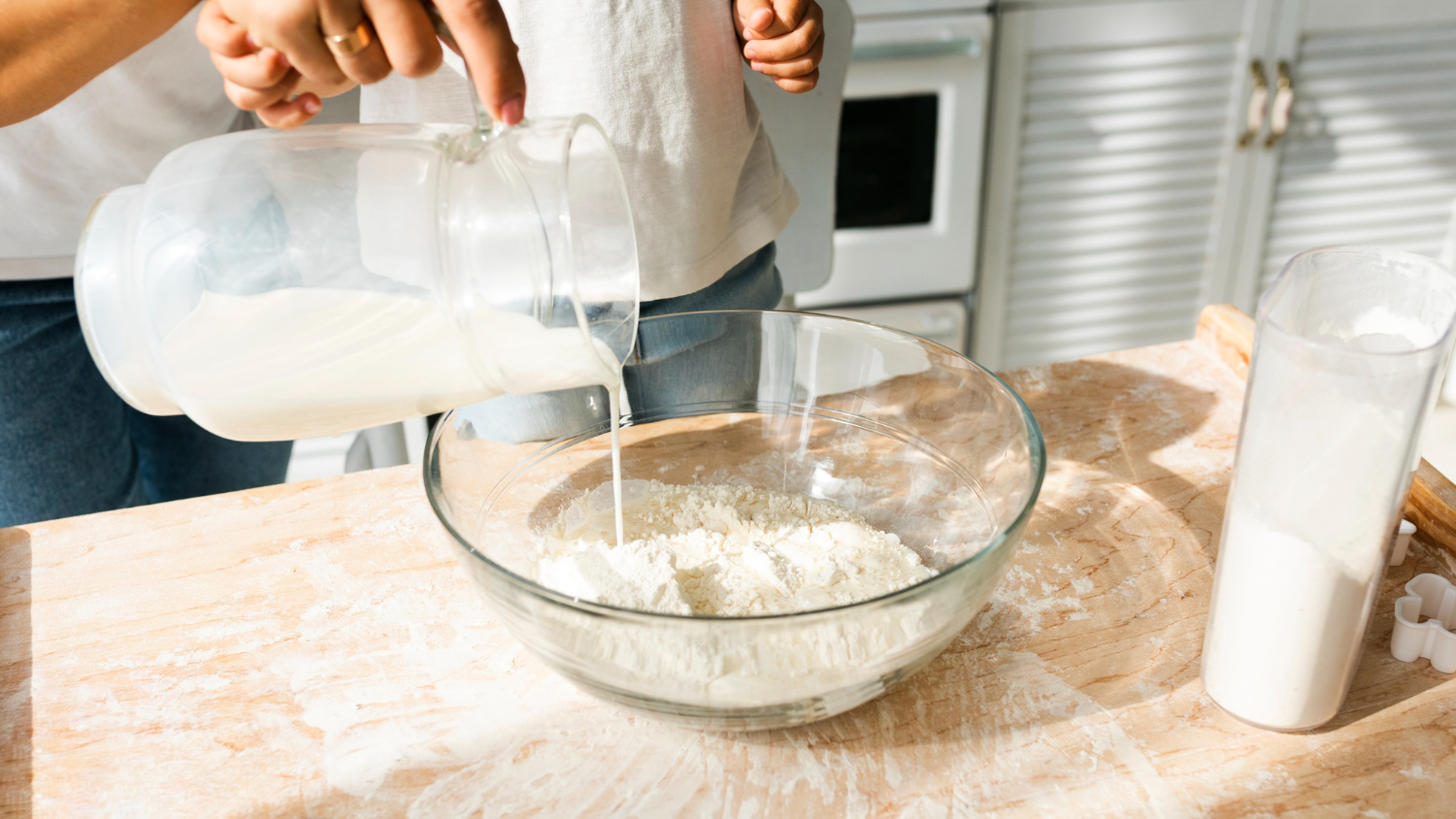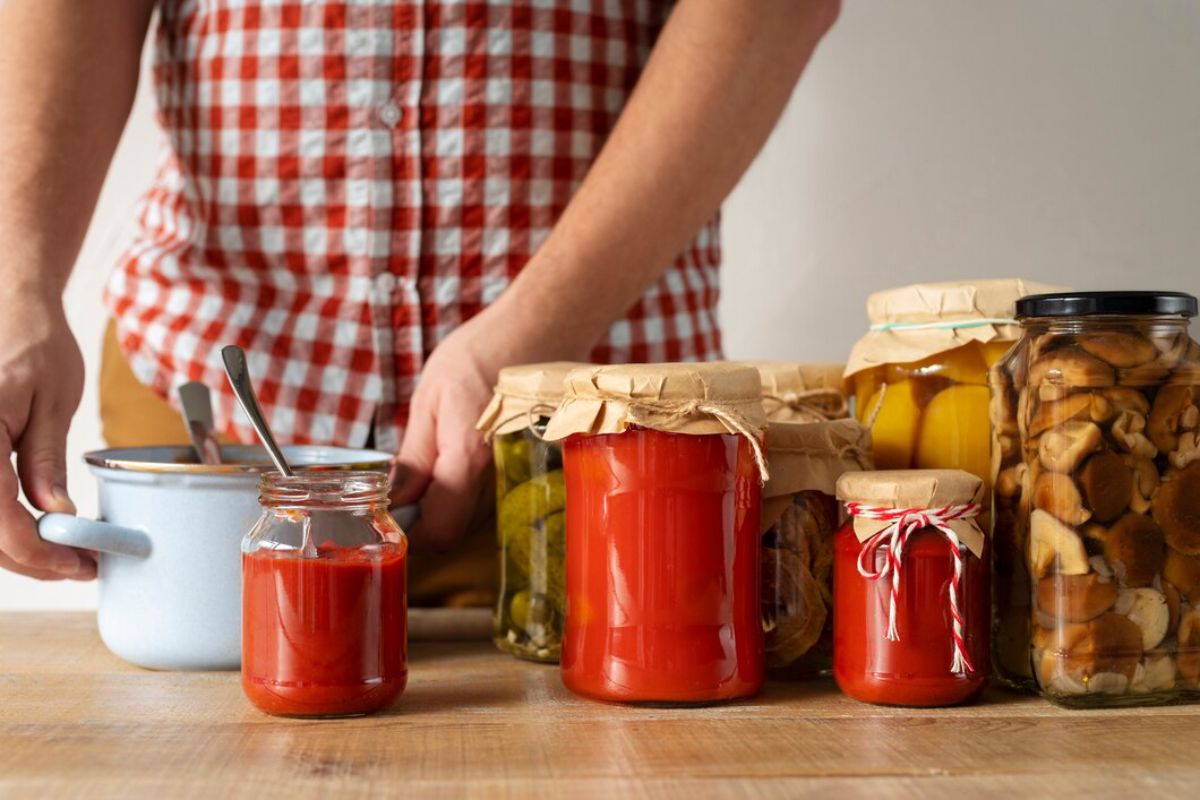
The Ultimate Guide to Baking the Perfect Cake
The most rewarding thing you can do in the kitchen is baking a cake from scratch. Whether you’re a novice baker or a seasoned pro, baking the perfect cake depends on the right ingredients, sound techniques and a little patience.
Here is your definitive guide to cake-baking tips, step-by-step instructions on how to bake a perfect cake and some delicious homemade cake recipes to try at home.
Essential Ingredients for a Perfect Cake

1. Cake Flour — The Building Block of Your Cake
The flour you use is the most important factor that will control your cake texture.
- All-purpose flour: Works well for most cakes but can result in a denser crumb.
- Cake Flour: Lower in protein, flour creates a lighter, softer cake.
- Self-raising flour: Flour mixed with baking powder, good for hasty cakes.
To get the best results, which are a pale and light-air cake, sift the flour before using it to aerate it and break up clumps. This aids in producing a fluffier, more delicate cake texture.
2. Sugar – Sweetness and Moisture
Sugar is not just about sweetness; it also affects your cake’s texture and moisture content.
- Granulated sugar: Best for standard cakes.
- Brown sugar: Adds moisture and a caramel-like flavour.
- Powdered sugar: Used primarily in icings and frostings.
Creaming sugar with butter helps to create air pockets, making the cake light and fluffy. Brown sugar can add a slightly chewy texture to cakes like gingerbread and banana bread.
3. Fats – Richness and Flavour
Fat enhances the tenderness and richness of a cake.
- Butter: Provides flavour and structure.
- Oil: Keeps cakes moist for longer and works well in dense cakes like carrot cake.
- Margarine: A budget-friendly alternative, though it lacks the flavour of butter
Using room-temperature butter ensures it creams properly with sugar for a smooth texture. Melted butter or oil can be used for extra moistness in cakes.
4. Eggs – Binding and Structure
Eggs contribute to the structure, texture, and moisture of a cake.
- Use room-temperature eggs for better incorporation.
- Beat eggs well to introduce air and improve the cake’s rise.
- Egg whites help with aeration, while yolks add richness and colour.
For a lighter cake, separate the eggs and beat the whites before folding them into the batter.
5. Leavening Agents – Making the Cake Rise
Leavening agents are essential to achieve a fluffy texture.
- Baking powder: A combination of acid and base that activates when moistened.
- Baking soda: Requires an acidic ingredient like buttermilk to work.
Too much leavening can cause the cake to rise too quickly and collapse. Always measure carefully and sift into the dry ingredients for even distribution.
6. Dairy – Adding Moisture and Flavour
Milk, buttermilk, yoghurt, and sour cream can enhance your cake’s flavour and texture.
- Buttermilk: Adds tenderness and a slight tangy flavour.
- Yoghurt: Provides extra moisture and enhances the cake’s richness.
- Sour cream: Works well in dense cakes, adding a creamy texture.
Dairy also reacts with leavening agents to improve the rise and texture of the cake. Use unsweetened plant-based milk to keep the sugar balance right.
Step-by-Step Guide: How to Bake a Perfect Cake

Step 1: Preparing Your Ingredients and Equipment
- Preheat your oven to the correct temperature.
- Grease and line your cake tins with parchment paper.
- Measure ingredients accurately using weighing scales.
- Bring butter, eggs, and dairy ingredients to room temperature for even mixing.
- Arrange your tools, including a whisk, mixing bowls, and spatula, for easy access.
Step 2: Mixing the Batter
- Creaming method: Beat butter and sugar together until light and fluffy.
- All-in-one method: Mix all ingredients in one go for a quicker approach.
- Whisking method: Beat eggs and sugar before folding in flour for a lighter texture.
Mix the ingredients until they’re just combined. This helps avoid overworking the gluten, which can make the cake tough.
Step 3: Baking the Cake
- Pour the batter into prepared cake tins and level the tops.
- Bake in the centre of the oven to ensure even heat distribution.
- Avoid opening the oven door too soon to prevent sinking.
- Rotate the pan halfway through baking for an even rise.
Use an oven thermometer for accurate baking. Oven settings can be off sometimes.
Step 4: Testing for Doneness
- Insert a skewer into the centre of the cake – if it comes out clean, the cake is ready.
- Lightly press the cake; if it springs back, it’s done.
- Ensure the edges are slightly pulled away from the tin.
Step 5: Cooling and Remove from the Tin
- Let the cake cool in the tin for 10-15 minutes before transferring it to a wire rack.
- Run a knife around the edges to loosen it before turning out.
- Cover the cake with a clean cloth while cooling to retain moisture.
Proper cooling prevents the cake from becoming soggy or cracking when frosting.
Common Cake Baking Mistakes and How to Fix Them
1. Dense or Heavy Cake
- Overmixing the batter can lead to a tough cake – mix just until combined.
- Use the correct flour type for a lighter texture.
- Ensure your leavening agents are fresh and active.
2. Cake Sinking in the Middle
- Opening the oven door too early can cause the cake to collapse.
- Ensure leavening agents are fresh and active.
- Bake at the correct temperature to avoid undercooking.
- Use an oven thermometer to check for temperature fluctuations.
3. Dry Cake
- Overbaking removes moisture – always check for doneness early.
- Use oil or buttermilk for added moisture.
- Cover the cake with syrup or a simple sugar glaze to restore moisture.
4. Cake Sticking to the Tin
- Grease and line cake tins properly before pouring in the batter.
- Let the cake cool slightly before removing from the tin.
- Run a warm knife around the edges for easier release.
Decorating Tips for a Stunning Cake
- Crumb-coat your cake with a thin layer of frosting before applying the final layer.
- Use a cake turntable to evenly frost and smooth the edges.
- Pipe decorative designs with a piping bag for a professional look.
- Add fresh fruit, nuts, or chocolate shavings for extra texture and flavour.
- Use edible flowers for an elegant touch.
Successfully Master Cake Baking With Our Expert Tips

It takes some practice to master the art of cake baking, but with these tips, you’ll be on your way to making bakery-quality treats in your kitchen. Whether you’re whipping up a simple sponge or an elaborate layered cake, knowing how to bake a perfect cake guarantees consistent results every time. Try these homemade cake recipes. Try out different flavours, and most importantly, have fun creating something delicious!
Click Here to master your next DIY project: Cheese-Making!


